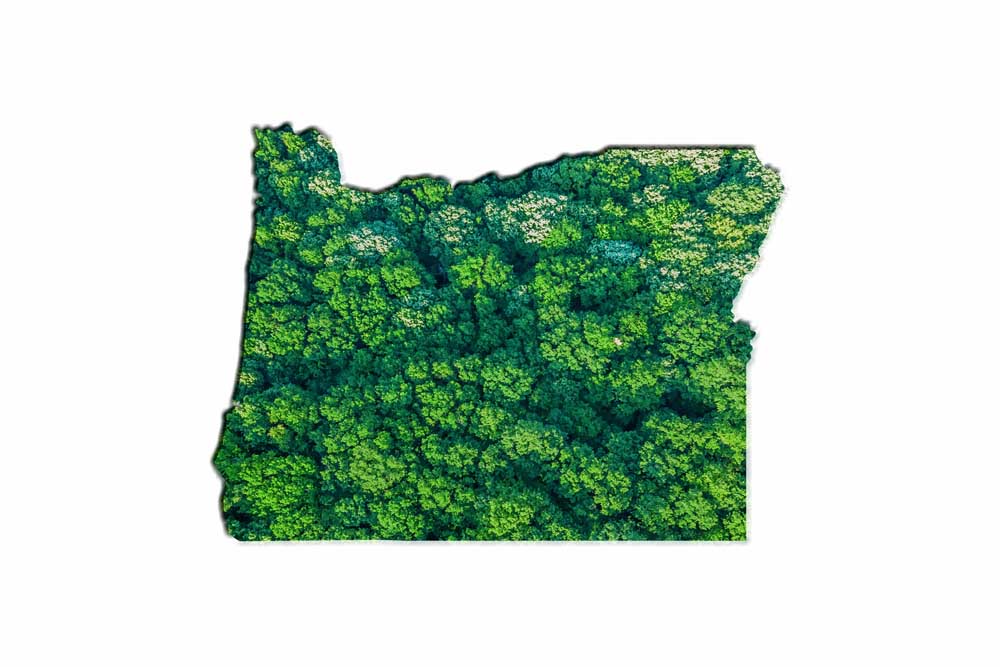GUEST COLUMN: Timber commercials don’t see the forest for the trees
Published 6:00 am Friday, May 19, 2023

- oregon map forest
I grew up with a great respect for the value of nature. The wealth of the natural world can’t be measured by dollars, but by the innate purity of witnessing the beauty of life, from the animals existing just beyond our sight to the trees that provide clean air we need to breathe.
Despite my appreciation, my heart breaks when I hear commercials advertising how we have more trees in Oregon compared to prior years. After watching the treatment of Oregon forests firsthand, seeing the land reduced to sticks doesn’t feel like improvement.
Roughly four years ago, the first logging operations appeared on the road I grew up on. Towering big-leaf maples that provided shade and a beautiful canopy were cut down, leaving barren soil and decaying lumber.
Entire mountainsides full of lush sugar pines and Douglas firs were reduced to discarded logs on the ground. Many trees were left where they dropped, and they remain there to this day; trees that were too small to be milled were of no use, yet they were still cut down for convenience of removing the entire forest.
We don’t often consider everyday impacts of frequent logging: weather becomes inconsistent, floods and droughts are more common, and it’s all in our own backyards.
I’ve seen the destruction caused by the reliance on the dying timber industry in Oregon. Many people say timber is an economic resource for Oregon, but between the growing number of abandoned mill towns and the movement to protect Oregon forests, something doesn’t add up.
How can an industry in decline still be the primary source of revenue for the state? Having grown up with an Oregon ex-logger for a father, I know many sides to lumber operations in the state.
Workers who cut down the trees are just trying to make a living, while corporations themselves are buying land to exploit. Logging operations have moved into state parks in a vague attempt to remove “hazard trees,” many of which are the heartiest old-growth trees in the area.
Representation of what the timber industry does every day in this state can be very one-sided.
There may be trees planted on lands that were logged, but 100 small saplings can’t compare to a single 100-year-old tree that was cut and hauled away. Many saplings can’t survive the harsh conditions with no canopy from larger trees.
People think that a clear-cut forest is safer than an untamed old-growth forest during fire season, but to that I ask: what burns faster, dry twigs or large, strong trees?
When I see advertisements explaining how for every hearty tree cut down for our safety, two saplings are planted, I can’t see the beautiful greenery of Oregon. I can only imagine the green lining the pockets of people who chose fast cash over a sustainable forest.









